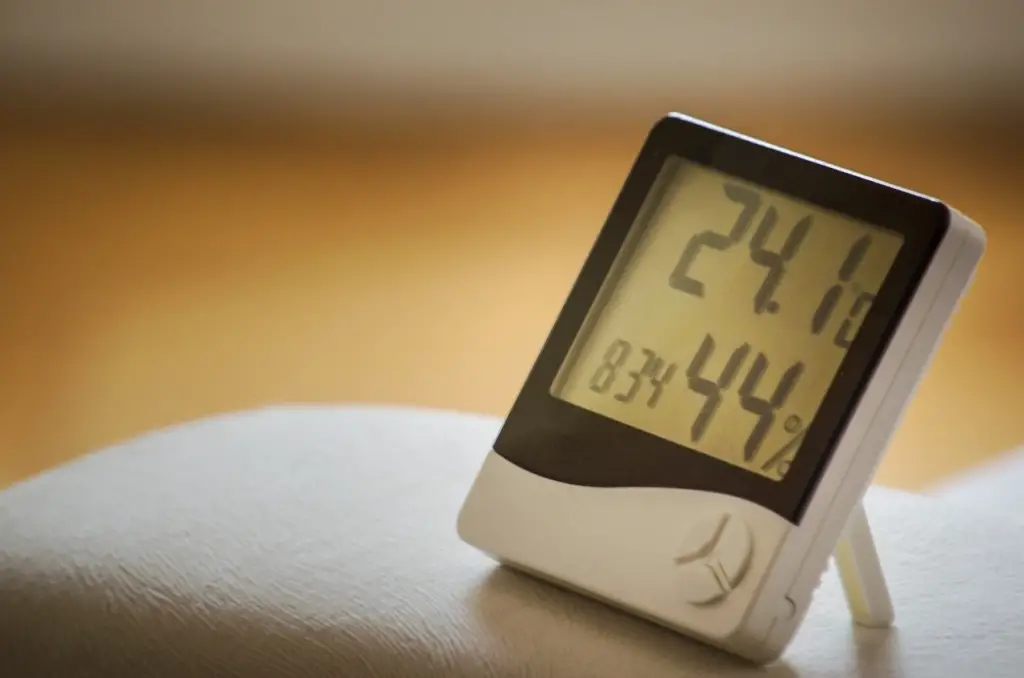
Would your neighborhood supermarket ever stock an outdated carton of milk or unrefrigerated meat? More importantly, would you ever consume it?
Despite the advancements in the logistics sector, food and medicines worth billions of dollars are shipped at irregular and unsuitable temperatures and in improper conditions across the globe. As a result, food, medicines, and many other products reach their destinations way after their shelf lives.
Such products are manufactured to serve well under their approved product specifications for a limited period of time, only when stored in conditions defined by the manufacturing company.
According to a survey by Pharmaceutical Commerce, 20-40% of goods in a temperature-controlled pharmaceutical freight are partly damaged before they reach the end consumer. Another study by the World Resources Institute found out that 12% of all food wastage is caused during the distribution phase because of temperature irregularities. Further, a report by WHO mentioned that the potency, strength, and efficacy of pharmaceutical products can be degraded profoundly due to temperature changes.
So, even if you, as a distributor or a retail store owner, have the right infrastructure to store such products, there are slim chances that the quality of the products you receive through 3PLs is at their optimum level.
Before we delve into the details of why temperature monitoring is crucial for logistics, let’s look at what temperature monitoring systems are.
What Are Temperature Monitoring Systems?
Temperature monitoring systems are an attempt to maintain the freshness and quality of products using technological advancements. In a nutshell, temperature monitoring systems help you to monitor, track, control, and regulate the temperature of an environment.
Temperature monitoring systems (TMS) offers a reefer (refrigerated and temperature controlled) logistics solution that can help you to effectively maintain a predefined temperature to reduce rejected deliveries and spoilage of temperature-sensitive products.
These devices and systems can not only help manufacturers and retailers save millions by avoiding such losses but also help them ensure delivery of products in top-notch condition.
An ideal TMS has the following elements:
- Temperature Sensors – Decides the accuracy & range of the temperature readings
- Temperature Measurement Device – Helps you to measure & record the temperature of your shipment
- Thermal Buffer – Smoothens the temperature fluctuations caused due to factors like door opening, compressor cycling, etc.
- Software & Data Storage – Allows you to monitor, retrieve, report and store live temperature readings
- Alarm – Alerts you to temperature fluctuations outside the defined safe limits or thresholds
So how do these features address the problems in logistics and minimize the risks of deterioration of the quality of goods being transported?
Common Logistics Problems and Their Solutions
There are a wide variety of challenges that the logistics industry faces. Some of the major problems and their respective solutions are:
Problem #1: Compliance Monitoring
One of the common problems in the logistics industry is to stay compliant with interstate and international rules.
Different products come with unique temperature requirements. As such, compliance monitoring becomes challenging especially where a freight travels across different borders to reach its destination.
Solution: Data Loggers
Temperature monitoring systems can help you with compliance monitoring in multiple ways. As mentioned earlier, these systems record & store temperature data over a period of time. The process is called data logging and the devices that facilitate it are called data loggers.
Data loggers collect & store data during transit in different environments or systems. They go beyond temperature monitoring and recording, and help you record other things, such as ambient light, voltage, etc.
These data loggers are built to withstand extreme conditions. For instance, data loggers such as Logmore facilitate dry ice temperature monitoring and other cold chain shipments – these can function smoothly even at deep freeze levels of -100°C.
The process is very simple: The process starts with an external probe device that also enables simultaneous measurement of inside and ambient temperature.
Certified sensors inside the devices track everything humidity, shocks and light in addition to temperature. You can take measurements using a barcode scanner or even your smartphone, and then upload the data to cloud-based tracking and monitoring software.
You can then use this recorded data for compliance monitoring and present it as requested by regulators.
Problem #2: Failure to Maintain Product Quality
Another common logistics challenge is the failure to maintain product quality from the point it was manufactured till it reaches the hands of the end user.
Be it hospitals, clinics, food, or any similar businesses, the quality of a product shipped is paramount and can even directly impact its effectiveness. One of the major factors that affect the quality of these products is the temperature of the environment it is shipped in and stored.
While most of the store owners maintain a controlled environment that such products demand, ensuring the same during shipment becomes challenging, especially when there are two or more shipment companies involved.
Solution: Alert Notifications
With live feed and emergency notifications, a TMS enables you to take immediate action whenever the temperature of your shipment fluctuates. Your team is alerted if the temperature of your shipment goes below or above the optimal level or even close to a violation.
This helps you to make sure the shipment reaches its destination in the original state, potentially saving you hundreds of thousands of dollars in product spoilage and more.
Problem #3: Lack of Traceability
We’ve been hearing a lot of terms like “counterfeit” and “opioids,” especially when it comes to the food and pharmaceutical industries. One of the primary reasons behind this is the lack of traceability in the logistics industry.
For instance, the target consumers of fruits grown in the Middle East could be based anywhere in Europe or South Asia. Lack of traceability of a simple farm product makes it challenging for regulators and retailers to ensure quality or even transparency to their consumers, who end up with no idea of its manufacturing, processing or delivery.
Solution: Temperature Sensors and Data Storage
TMS enable manufacturers and shipping companies to track not just the temperature of the product, but a whole lot of attributes of the product, packaging, as well as the environment of shipping and storage.
The conditions a product was shipped in and stored can be used for reference whenever it changes hands from manufacturer to distributor to wholesaler to retailer to consumer.
This takes a whole new dimension in the healthcare industry.
Healthcare companies need data to show that they follow Standard Operating Procedures (SOPs) for the sake of their consumers or regulators. Temperature Monitoring Systems give them access to such data and help them validate quality claims in real-time.
Problem #4: Cost Inefficiency
There are a whole lot of price risks a logistics company has to deal with – transportation and fuel expenses, distribution taxes, cross-border regulations, infrastructure and administration costs, vehicle maintenance, warehouse leasing costs, and much more.
As a result, the failure to maintain cost efficiency without majorly impacting the cost of a product is easily the biggest of logistics challenges.
Solutions: Predictable Costs with Quality Tracking
This is one of the most transactional logistics advantages of using temperature monitoring. Besides helping you save money by avoiding product spoilage, data loggers collect mountains of data that allow for predictive analytics. This results in insights that result in better shipping and storage decisions.
This is a virtuous cycle. With the outcomes of each decision, you can further optimize the shipping costs of your temperature-sensitive products by identifying critical points in the process.
Final Words
Did you know that Pfizer’s much awaited COVID-19 vaccine must be stored at -70°C (-94°F) for it to retain its full potency? Needless to say, using specialized freezers with competent temperature monitoring systems is a stringent necessity.
This just proves the criticality of temperature monitoring in food and healthcare. Cost savings and quality maintenance are just add-on benefits!










